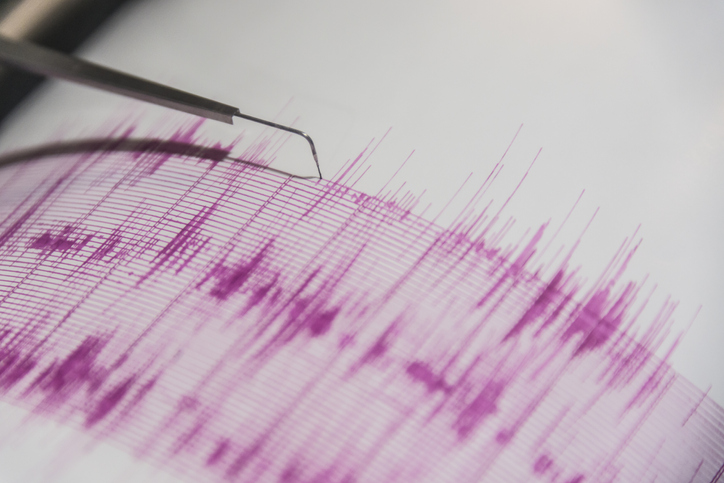Perspective
Earthquake retrofitting is important for older homes
May 25, 2022
by PEMCO Insurance
Own an older home? It may not be earthquake-ready
Owners of homes built before 1985 in Washington and 1993 in Oregon may want to consider having them professionally inspected for earthquake readiness. That’s because those structures may lack key elements required by modern building codes to help prevent damage in an earthquake. Earthquake-ready homes use a “continuous load path” method of construction that ties them together from roof to foundation, improving their ability to withstand the shaking from an earthquake. Among important features: anchors that bolt the structure to the foundation, reinforced masonry and reinforced garage door openings.
Earthquake-ready homes use a “continuous load path” method of construction that ties them together from roof to foundation, improving their ability to withstand the shaking from an earthquake. Among important features: anchors that bolt the structure to the foundation, reinforced masonry and reinforced garage door openings.
How can I tell if my home is earthquake-ready?
Few of us have the technical know-how to determine if our homes have important earthquake-safety features in place. A licensed general contractor, trained in seismic retrofitting, can help identify any weaknesses and create a plan to address them.Besides age, factors that increase your home’s earthquake vulnerability include having a raised foundation (crawlspace or basement) versus a concrete slab; a garage, particularly with living space above it; masonry fireplaces or details; being situated on a hillside; and lacking an automatic shutoff valve on its gas line.
Your city or county’s building department may be able help you get started in determining your home’s earthquake readiness. The Washington Association of Building Officials and State of Oregon also have put together resources to help homeowners learn more.
How can I improve earthquake safety inside my home?
Besides verifying your home’s structural readiness for an earthquake, you can make these simple changes inside your home to reduce the risk of injury and damage:1. Kitchen. Install childproof latches on cupboard doors to keep them closed. In homes without small children, move cleaners and chemicals to lower shelves so they can’t tumble out and spill.
2. Bedrooms. Scoot your bed away from the window and remove pictures hanging over the headboard. Keep a pair of sturdy shoes (to protect your feet from broken glass) and a flashlight under the bed.
3. Living and family rooms. Apply safety film to sliding glass doors and picture windows. Add ledge barriers to display shelves and move heavy items to lower shelves.
4. Home office. Anchor file cabinets and bookshelves to the wall with sturdy straps.
5. Water heater. Make sure it’s strapped to the wall and, when it’s time for replacement, consider a tankless model, which eliminates the risk of a falling tank and reduces the chance of a gas-line rupture.
6. Garage. Post signs showing where and how to shut off utilities.
It’s also a good idea to assemble an emergency kit for your home and car, locate and safeguard important documents, make sure computer files are backed up, and learn life-saving skills like CPR and using a fire extinguisher.
Does my PEMCO policy cover earthquake damage?
Virtually all homeowners policies sold in the United States, including PEMCO’s, don’t cover most damage caused by earthquakes. Although PEMCO doesn’t sell earthquake insurance, we can help you find coverage through insurers that specialize in it. Recently, we added a new partner that structures policies so they’re a little more budget-friendly. You may want to check it out if price has been an obstacle in the past.Call your local PEMCO agent or PEMCO Insurance Agency at 1-800-GO-PEMCO, ext.4007, to get connected. Don’t wait until another shaker hits. Most companies temporarily suspend sales after local seismic activity.
Share on social media